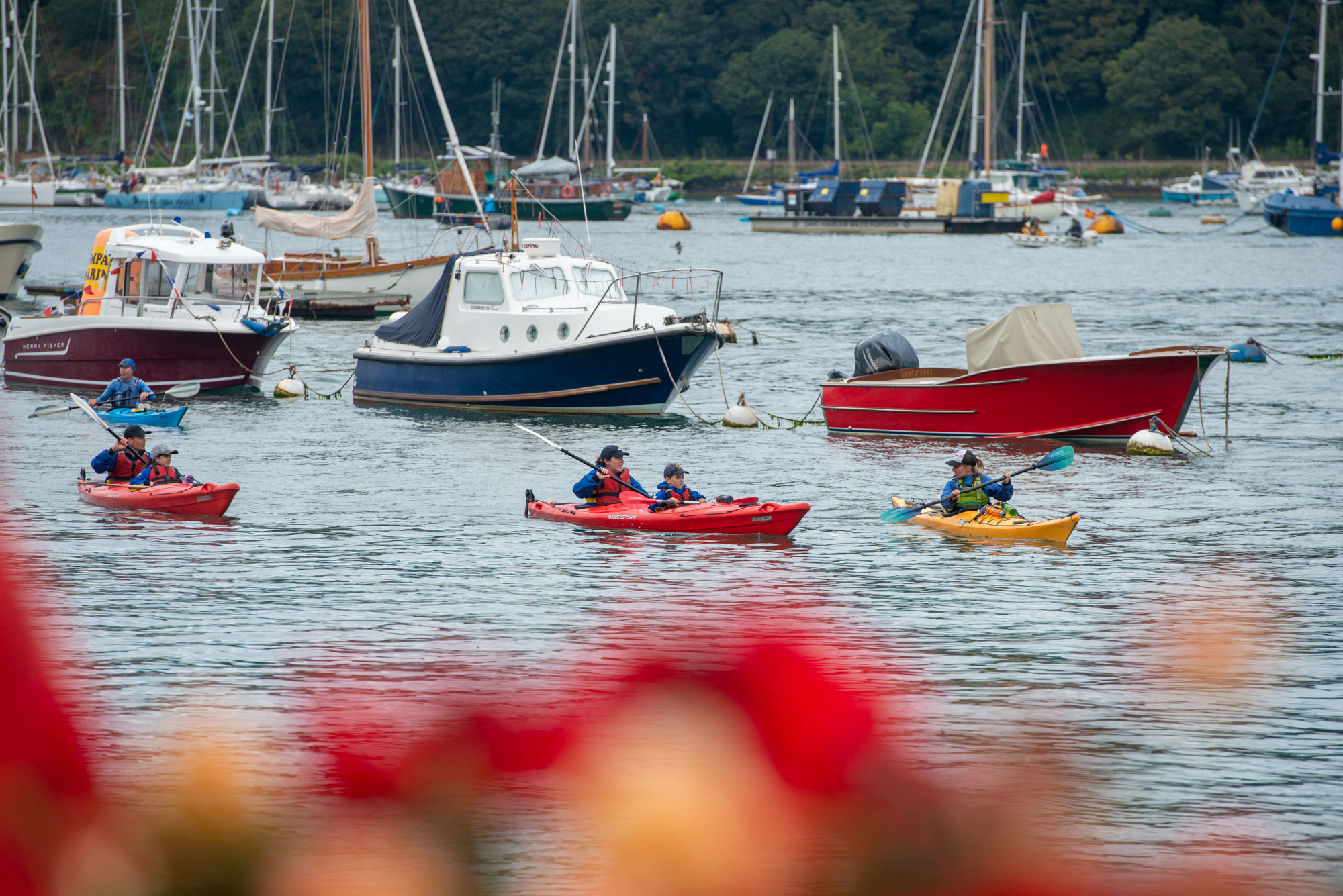Guest Blog Post
Along the banks of the River Dart, skies shift from luminous blues to brooding greys, shaping the rhythm of daily life. The town’s charm is inseparable from its weather, a constant reminder of the sea’s presence and the land’s resilience. Just as much, the passing of time marks how Dartmouth’s story is written in light, tide, and season.
Key Summary:
Dartmouth’s changing skies reflect the interplay of coastal climate, river estuary, and shifting seasons. This mix creates a distinctive atmosphere where weather patterns influence daily routines, tourism, and a sense of time passing. From misty mornings to radiant sunsets, the town’s identity is inseparable from its sky-bound transformations.
What Makes Dartmouth’s Skies Unique?
The skies over Dartmouth carry a distinct personality shaped by the English Channel’s proximity and the surrounding South Devon hills. Winds sweep clouds inland with sudden shifts, making the light change quickly. Visitors often describe how an ordinary walk becomes a spectacle when clouds break, scattering light across the River Dart.
For context, the UK Met Office explains the science of coastal microclimates and how they amplify weather variations. Dartmouth’s skies embody this constant flux, creating an experience that feels alive and immersive.
How Does Time Shape Daily Life Here?
In Dartmouth, time is more than hours on a clock—it is a measure of tide, season, and light. Fishermen rise with dawn fogs, shopkeepers adjust to bursts of sun that draw crowds, and families linger at harborside cafés when evenings stretch longer in summer. The pace shifts as skies dictate opportunity and pause.
This dance of time and weather shapes traditions. Annual regattas depend on the cooperation of skies, while winter brings quieter rhythms, with narrow streets glowing under early nightfall.
Why Do Travellers Connect Weather and Time With Place?
Travellers often find that weather and time create their most lasting memories. A sudden clearing after a storm reveals the pastel houses across the river, etched against fresh light. A cool wind at sunset during autumn lodges in memory as much as any landmark.
Moments in Dartmouth become emotional waypoints because the environment continually renews itself. Unlike static destinations, this town offers a layered narrative where weather writes the stage directions and time carries the plot forward.
What Is the Best Season to Visit Dartmouth?
Choosing the “best” season depends on what kind of Dartmouth you seek.
- Spring offers blooming hillsides and brisk river breezes.
- Summer brings long golden evenings and lively festivals.
- Autumn paints the skies in dramatic shades as the estuary quiets.
- Winter reveals solitude, when mist and tide create a softer, slower mood.
For many, the magic lies not in selecting one season but in returning to see how the skies remake the town each time.
The Essence of Dartmouth’s Changing Skies
Dartmouth’s identity lies in the interplay of weather, time, and place. From the English Channel’s influence to the estuary’s reflective waters, every moment feels touched by the sky. Time moves differently here, guided by shifting light, coastal winds, and the eternal pull of tides.
” Sponsored”






